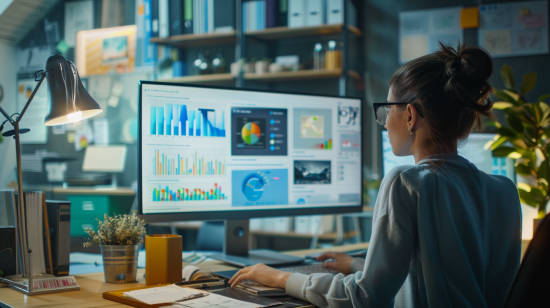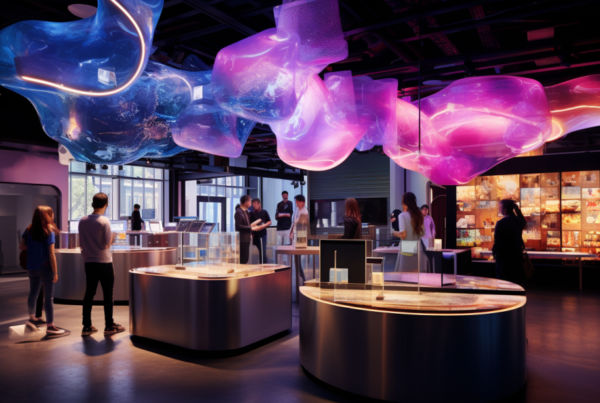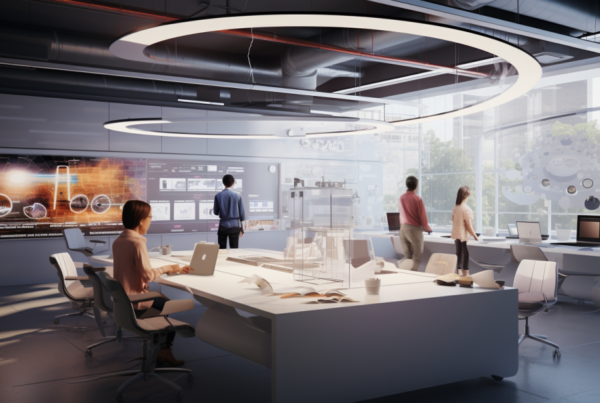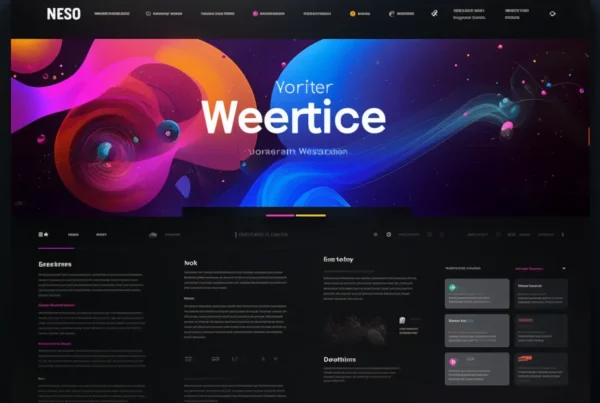Introduction to Innovative UI Design
The digital landscape is continually evolving, with web design at the forefront of innovation and creativity. User Interface (UI) trends in web design not only enhance the aesthetic appeal of websites but also improve user experience, engagement, and accessibility. This exploration delves into the latest UI trends shaping the future of web design, offering insights into how these trends can be leveraged to create captivating and user-friendly digital experiences.
Embracing Minimalism and Clean Design
The Power of Simplicity
Minimalism remains a dominant trend in UI design, emphasizing clean, uncluttered layouts that prioritize content and functionality. This approach fosters a seamless user experience, reducing cognitive load and guiding users effortlessly through the website.
Maximizing Negative Space
The strategic use of negative space, or whitespace, enhances content readability and focus. By providing visual breathing room, negative space creates a balanced and harmonious interface that elevates the overall aesthetic.
Advanced Interactivity and Micro-Interactions
Engaging Users with Interactive Elements
Interactive elements, such as hover effects, scrolling animations, and dynamic transitions, inject life into web pages, making the user journey more engaging and memorable. These elements add a layer of interactivity that encourages exploration and interaction.
The Impact of Micro-Interactions
Micro-interactions, small animations or effects triggered by user actions, significantly enhance the user experience by providing feedback, guiding tasks, and adding a playful element to interactions, making mundane tasks delightful.
Bold Typography and Creative Text Effects
Expressive Typography
Bold, expressive typography continues to take center stage in UI design, with web designers experimenting with oversized fonts, creative typefaces, and dynamic text layouts to capture user attention and convey brand personality.
Layering and Text Effects
The use of layered typography, text masking, and mixed media (combining text with images and videos) introduces depth and texture to web interfaces, creating visually striking designs that stand out.
Immersive Full-Screen Experiences
Leveraging Full-Screen Design
Full-screen design elements, from hero images to video backgrounds, offer immersive experiences that captivate users upon arrival. This trend maximizes visual impact and storytelling potential, drawing users into the content.
The Role of Cinemagraphs
Cinemagraphs—still photographs containing minor, repeated movements—bring a subtle yet mesmerizing dynamic element to full-screen designs, adding intrigue without overwhelming the user.
Dark Mode and Color Schemes
The Rise of Dark Mode
Dark mode has surged in popularity, offering a sleek, modern aesthetic that reduces eye strain in low-light conditions. This trend caters to user preferences and accessibility, allowing for a customizable viewing experience.
Innovative Color Schemes
Beyond dark mode, the exploration of bold, vibrant color schemes and gradients adds vibrancy and depth to web designs. The thoughtful use of color can evoke emotions, highlight content, and create a cohesive brand identity.
Incorporating 3D Elements and Depth
3D Visuals in Web UI
The integration of 3D elements into web design, from 3D models to immersive virtual environments, offers a new level of interactivity and realism, transforming the user experience into an engaging exploration.
Creating Depth with Layering and Shadows
Strategic layering and the use of shadows and parallax effects introduce depth and perspective to web interfaces, creating a more dynamic and tactile user experience that mimics the physical world.
Conclusion: The Future of UI in Web Design
The future of UI in web design is marked by a blend of aesthetics and functionality, where innovative trends not only enhance visual appeal but also prioritize user experience and accessibility. By embracing these cutting-edge trends, designers can create web interfaces that are not only visually stunning but also deeply engaging and intuitive, setting the stage for the next evolution of digital experiences. As technology continues to advance, the potential for creativity and innovation in UI design is boundless, promising a future where web design continues to push the boundaries of what is possible.



